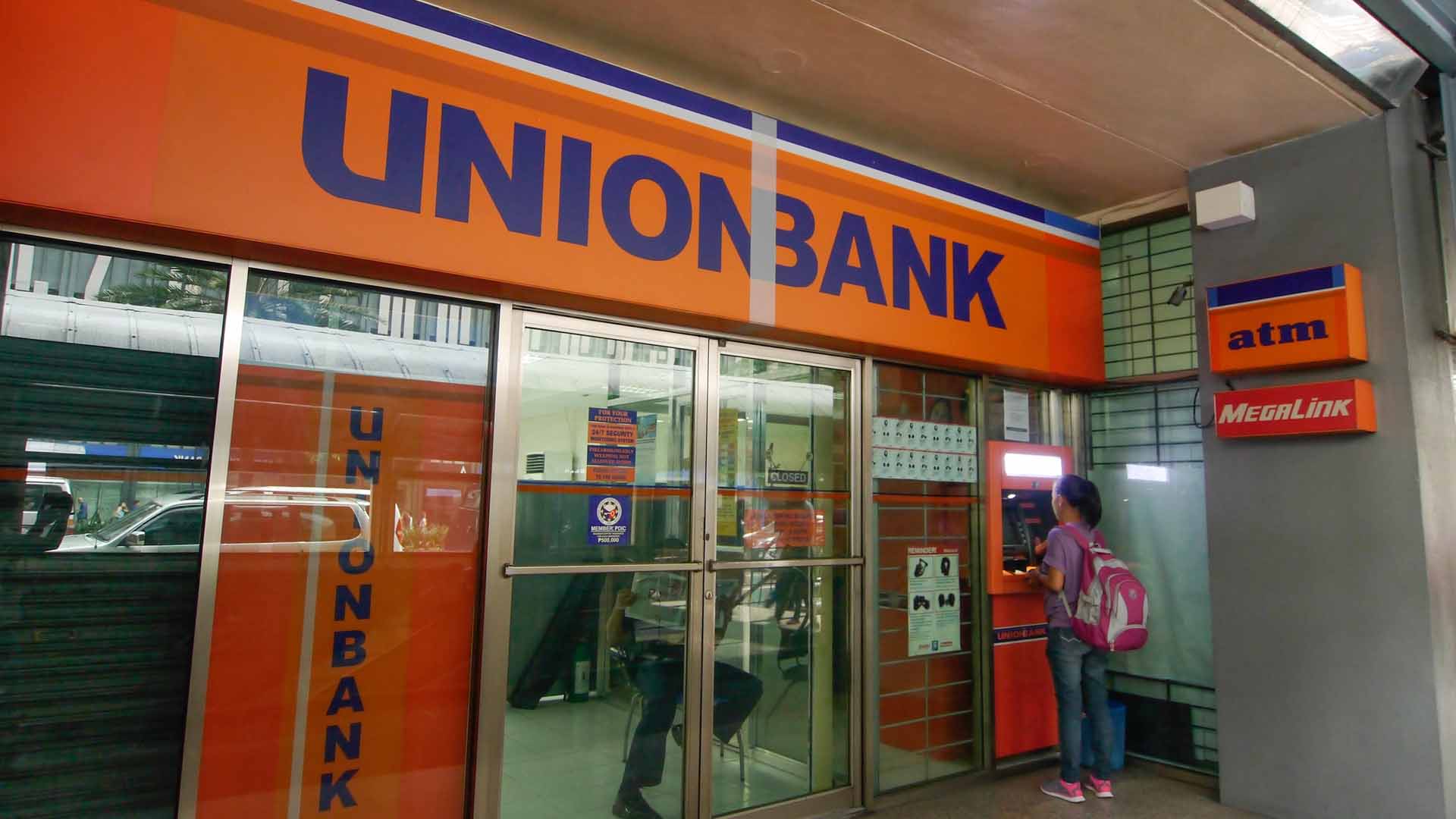The Union Bank of the Philippines (UnionBank), forecasts Philippine economic growth to accelerate to 6.1 percent in the third quarter this year to help bring the full-year output to 5.9 percent.
In a report, UnionBank chief economist Ruben Carlo Asuncion said forecasts “are largely based on the potential recovery of domestic investment, particularly that of the public side.”
“These expectations are premised on the continuous government expansionary fiscal policy reforms and accommodative monetary policies,” he said.
Asuncion said growth in the second half of the year is widely expected to post higher level given the government’s catch-up program on spending.
Citing Notice of Cash Allocation (NCA) data from the Department of Budget and Management (DBM), he said as of end-August this year, government agencies have used up 92 percent of their NCAs, or the DBM-issued disbursement authority to cover government agencies’ cash requirements, higher than the 86-percent allocation same period last year.
“This declares that state offices have continued to catch up with their spending programs as of August 2019 amidst lost time in the first four months of this year,” he added.
But Asuncion noted that “waning global economic demand and the uncertainties of trade issues between the US and China may weigh in on GDP (gross domestic product) growth forecasts.”
The country’s GDP expanded year-on-year by 5.5 percent in the second quarter of 2019, bringing the average growth also to 5.5 percent in the first semester.
Growth projection in July to September is higher than the second-quarter output, while the full-year forecast is lower than the government’s 6 to 7-percent target band.
Asuncion further said private consumption remained firm even with a flat growth of 5.8 percent in the first half this year because of expansion in employment, deceleration of inflation rate, and healthy remittances.
Except for the one-month uptick last May to 3.2 percent from month-ago’s 3 percent, rate of price increases sustained its downtrend since peaking to 6.7 percent in September and October 2018. Last August, inflation decelerated to 1.7 percent.
Asuncion said government consumption slowed to 7.1 percent in January to June 2019 from 12.6 percent during the same period last year, which he attributed to the delay in the approval of this year’s national budget.
The government’s inability to spend according to program in the first half of the year because of the budget approval delay resulted in the contraction of capital formation to -0.1 percent from year-ago’s 14.9 percent.
Exports expanded by 5 percent in the first half this year from 12.6 percent same period in 2018 due to weak global demand and trade-related issues, and imports posted slower growth of 4.2 percent from year-ago’s 16.1 percent on weaker domestic demand.
In terms of domestic sectors, services remained the main growth driver after it expanded by 7 percent from 6.7 percent in the first half last year.
Industry grew by 4.2 percent, slower than the 7.1 percent during the same period last year, due to deceleration of manufacturing and construction.
Growth of agriculture, fishery and forestry sector was flat at 0.7 percent amid the impact of the El Niño phenomenon. (PNA)






